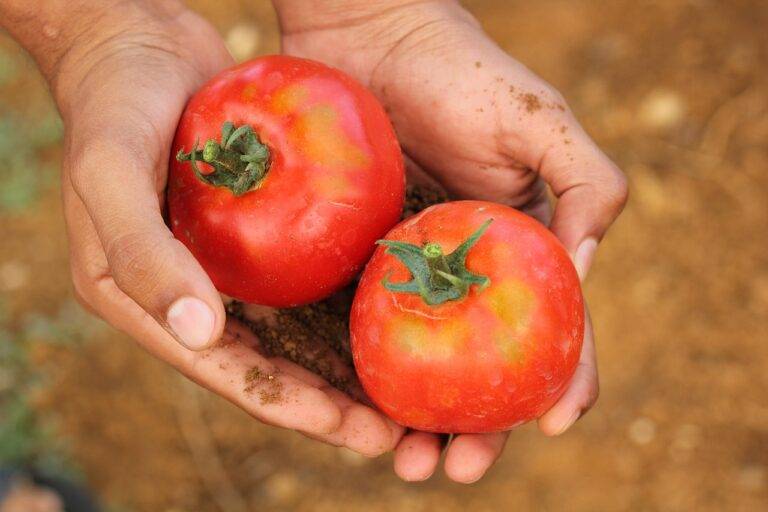The Rise of Food Allergies: Understanding Causes and Prevention
Food allergies are increasingly prevalent, affecting millions of individuals worldwide. Some of the most common food allergens include peanuts, tree nuts, shellfish, fish, eggs, milk, soy, and wheat. Reactions to these allergens can vary widely from mild symptoms such as itching or hives to severe reactions like anaphylaxis, which can be life-threatening if not treated promptly.
Individuals with food allergies may experience a range of symptoms, including digestive issues like nausea, vomiting, or diarrhea, as well as respiratory symptoms such as wheezing, coughing, or nasal congestion. Skin reactions like eczema or swelling can also occur after consuming allergenic foods. It’s crucial for those with food allergies to be vigilant about reading ingredient labels and communicating their dietary restrictions to others to prevent accidental exposure to allergens.
How Food Allergies Develop in Children
Food allergies can develop in children when their immune system mistakenly identifies a particular food as harmful. This triggers an immune response, leading to the production of antibodies to fight off the perceived threat. Upon subsequent exposure to the food, the immune system releases chemicals like histamine, causing symptoms such as hives, itching, swelling, and in severe cases, anaphylaxis.
Genetics play a significant role in the development of food allergies in children. If a child has a family history of allergies, they may be more predisposed to developing allergies themselves. However, environmental factors can also contribute to the development of food allergies, such as the early introduction of certain foods, like peanuts, before the age of one. Other factors, such as the diversity of a child’s gut microbiome, can also influence the development of food allergies.
What are some common food allergens that can affect children?
Common food allergens that can affect children include peanuts, tree nuts, milk, eggs, wheat, soy, fish, and shellfish.
What are some symptoms of food allergies in children?
Symptoms of food allergies in children can include hives, swelling, itching, stomach pain, vomiting, diarrhea, difficulty breathing, and in severe cases, anaphylaxis.
How do food allergies develop in children?
Food allergies develop in children when their immune system mistakenly identifies a specific food as harmful and produces antibodies to fight it. Upon subsequent exposure to the food, the immune system releases chemicals that cause allergic reactions.
Can food allergies in children be outgrown?
Some children may outgrow their food allergies, particularly those to milk, eggs, wheat, and soy. However, allergies to peanuts, tree nuts, fish, and shellfish are usually lifelong.
How are food allergies diagnosed in children?
Food allergies in children are typically diagnosed through a combination of detailed medical history, physical examination, allergy testing (skin prick test or blood test), and food elimination diet.
How can parents manage food allergies in their children?
Parents can manage food allergies in their children by reading food labels carefully, avoiding cross-contamination, carrying emergency medications (epinephrine auto-injector), educating caregivers and teachers, and creating an emergency action plan.





